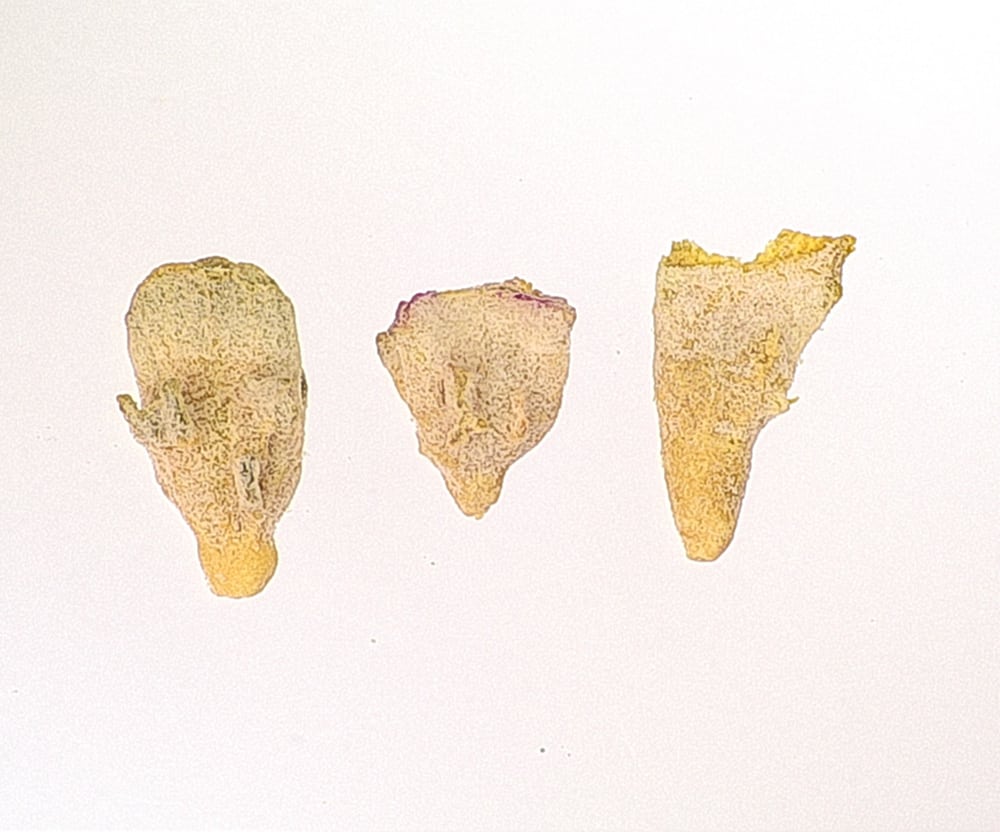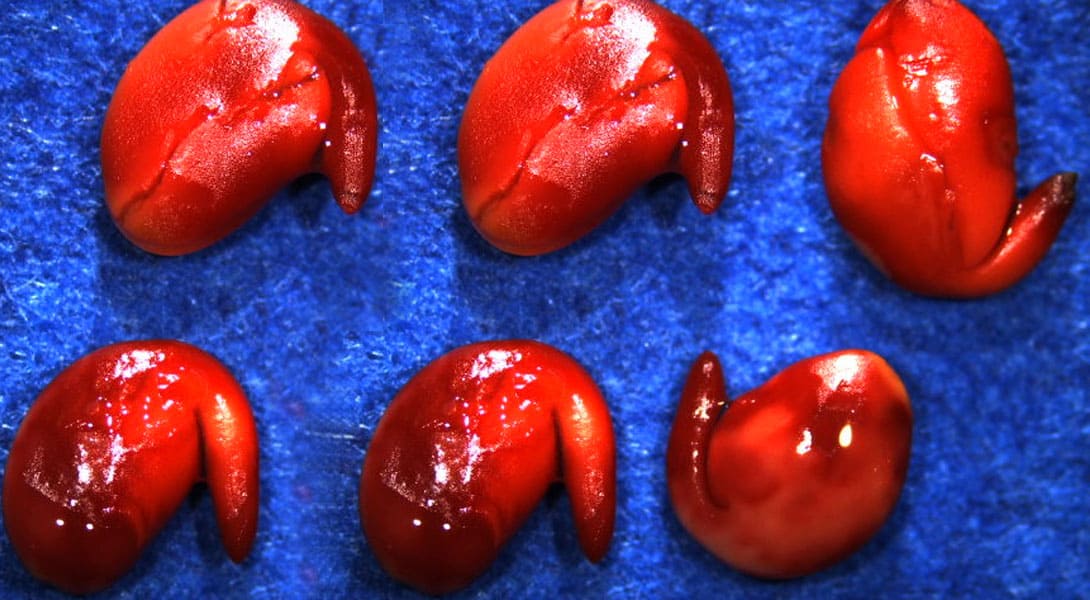Atriplex corrugate
- Genus
Atriplex
- Family
Amaranthaceae
- Synonyms
Atriplex nuttallii var. corrugate
Obione corrugata
- Common names
Read More
Mat saltbush
Mat atriplex
Matscale
See More
Purity
- ISTA PSD
2
See Details - AOSA PSU
38
See Details - Purity working weight (grams)
25
See Details - Other species (OSD)/Noxious working weight (grams)
250
See Details
PSU 38
Intact utricle with or without perianth, enclosed or not enclosed by fruiting bracts (bracteoles), whether or not a seed is present. Piece of broken utricle larger than one-half the original size, unless no seed is present. Seed with or without seed coat. Piece of broken seed, with or without seed coat, larger than one-half the original size.Special consideration:
- For Bassia prostrata, seed units that are retained on a 1mm opening square-hole sieve, when shaken for 30 seconds shall be considered pure seed units. Seed units that pass through the 1-mm sieve shall be classified as inert matter.
- For Grayia spinosa, intact seed units provided a true seed with some degree of embryo development can be detected by slight pressure and by examination over light.
TWS Notes
PSD 2
Achene or cluster, with or without perianth or pedicel, unless it is obvious that no seed is present.
Piece of achene or cluster larger than one-half the original size, unless it is obvious that no seed is present.
Seed, with the pericarp/testa partially or entirely removed.
Piece of seed larger than one-half the original size, with the pericarp/testa partially or entirely removed.
Gomphrena: Achene with or without hairy perianth, unless it is obvious that no seed is present.
TWS Notes
Purity working weight (grams)
Noxious working weight/OSD
Germination and dormancy breaking method
|
||||||
|
||||||
|
||||||
|
Germination Image Gallery
Description of Normal/Abnormal Seedlings:
Seedling conditions present (singly or in combination), which would cause the seedling to be evaluated as abnormal (not considered viable):
Cotyledons: Abnormal if less than half of normally developed cotyledon with healthy tissue remains attached.
Epicotyl: missing, however may be considered present if cotyledons are intact.
Hypocotyl: open lesions extending into conducting tissue. Shortened curled or thickened.
Root: None, weak stubby or missing primary root even with weak secondary roots.
Seedling: Albino seedling is abnormal. Primary infection in one or more essential structures. Consider infection to be secondary if seedling is well developed and normally balanced (Normal).
Modified Germination:
Test can be terminated at 14 days if the dormancy is checked with tetrazolium at the termination of the germination test.
Tetrazolium (TZ) Methodology Recommendations:
- Imbibition method and time
Imbibe overnight between moist media or immersed in water
- Option(s) to prepare and cut seed for staining
Cross-section seed across embryo
- Percentage (%) of TZ solution
1.0
- Time and temp of staining (hr)
Usually 2-4 hours in oven between 30-35°C
- List of important seed structures requiring staining: The embryo that stain completely red are viable. Green embryos are not considered viable. Empty utricles are not viable.











